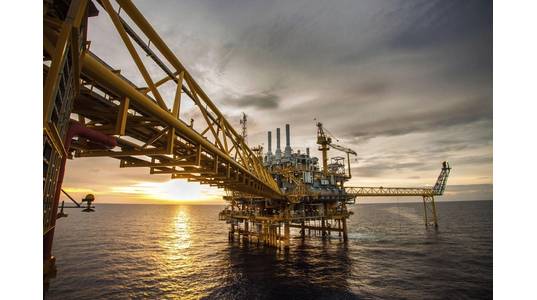
Nippon Paint Marine has informed that the "self-indicating technology" incorporated into the company's special tank coating NOA60HS has been certified by the Norwegian Technology Standards Institution as meeting the requirements of the NORSOK M-501 standard.
The NORSOK M-501 standard gives the requirements for the selection of coating materials, surface preparation, application procedures and inspection for protective coatings to be applied during the construction and installation of offshore installations and associated facilities.
The standard aims to ensure coating systems are maintenance-, application-, and environmentally friendly, while providing optimal protection to the installation.
According to Nippon Paint Marine, its self-indicating technology allows applicators, surveyors, and inspectors to easily see whether the coating has been correctly applied.
"While various NOA products are available for different parts of ship and the anticorrosive needs of that area, NOA 60HS is designed specifically for use in ballast water tanks, oil and petrochemical tanks, and void spaces," the company explained.
Makoto Nakagawa, Marketing Manager, Nippon Paint Marine, said: “The addition of NOA60HS to the NORSOK M-501 approved product range marks a significant development for offshore vessels and installations, such as FSOs, FSRUs and FPSOs."
"As these assets are designed with much longer service intervals than conventional vessels, an effective and reliable long-life anti-corrosive tank coating is crucial to their safe operation. NOA60HS eliminates the risk of coatings applied with low film thickness, a contributory factor in corrosion influenced structural failure.”
Hiro Yamashita, Technical Manager, Nippon Paint Marine, said: “Applying coatings correctly, especially to edges and corners, improves the structural integrity of internal tanks and spaces, providing greater protection against corrosion and impact damage. If the coating appears transparent, then film thickness is incorrect. When it is opaque, NOA’s specified film thickness has been achieved.”
Nakagawa added: “The special pigmentation used in the NOA range is carefully adjusted to the correct dry film thickness of the system so the applicators and inspectors will see immediately if an area meets the specification or needs to be corrected to meet the specification.”
"By improving a tanks corrosion resistance through more accurate coating application, offshore vessels are less prone to needing emergency repairs and steel renewal work, remaining on station for longer,” said Yamashita.